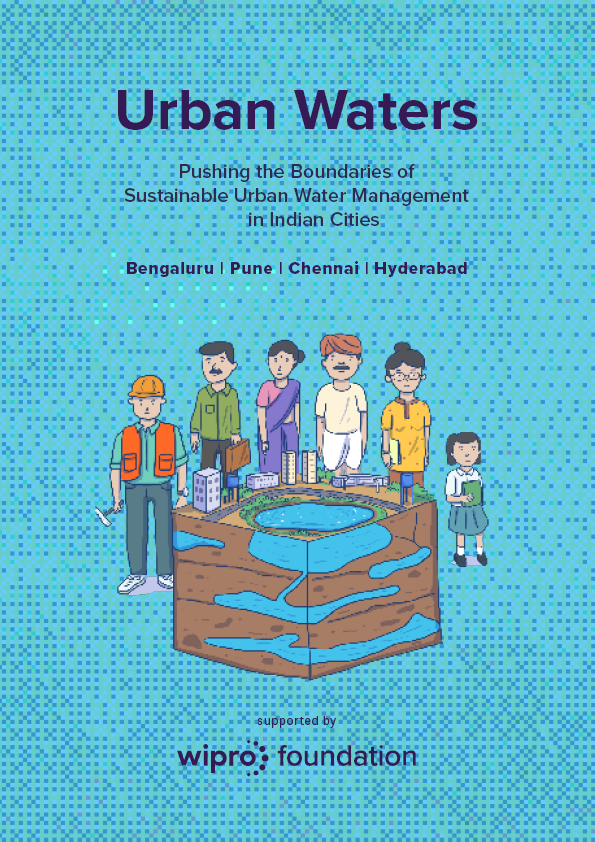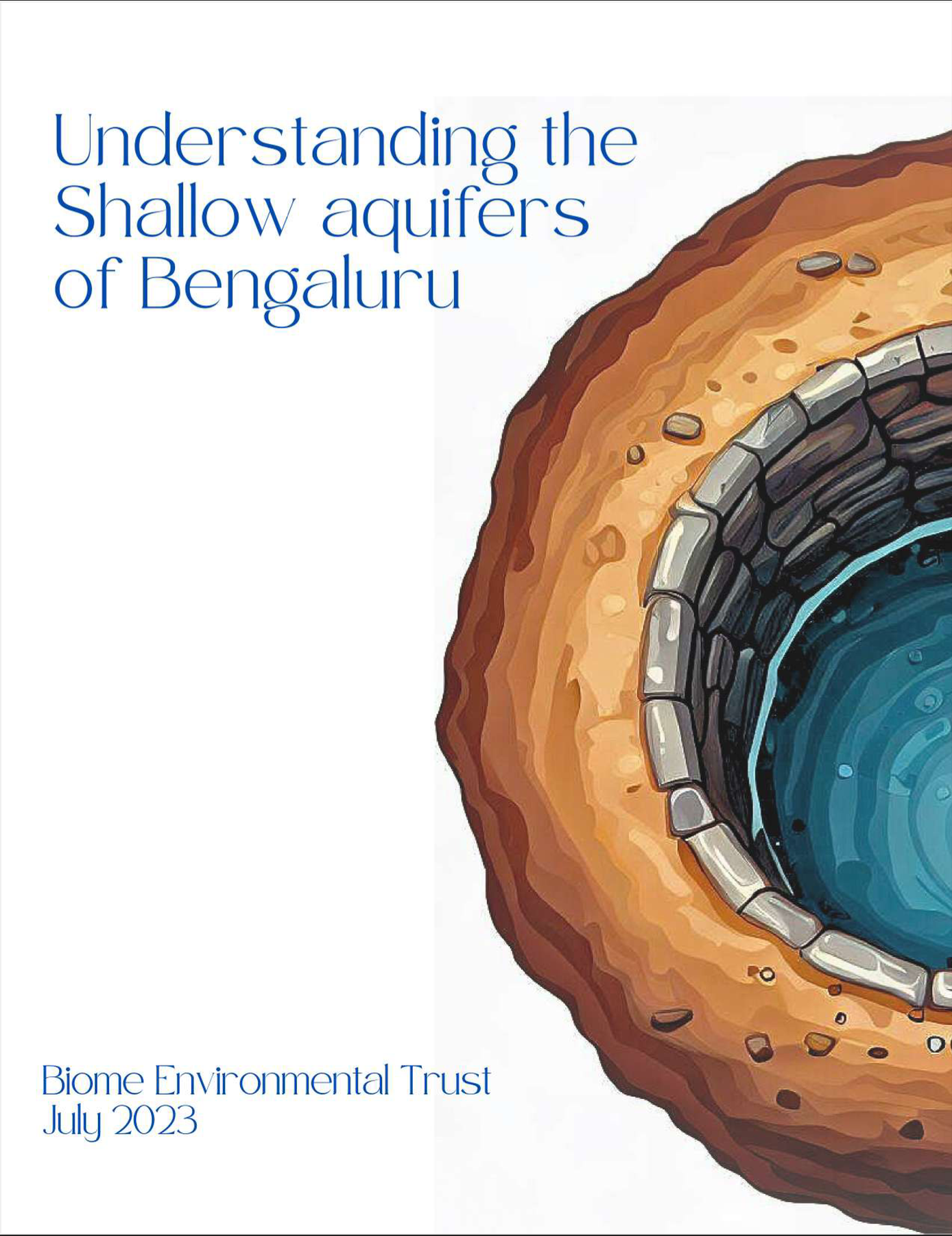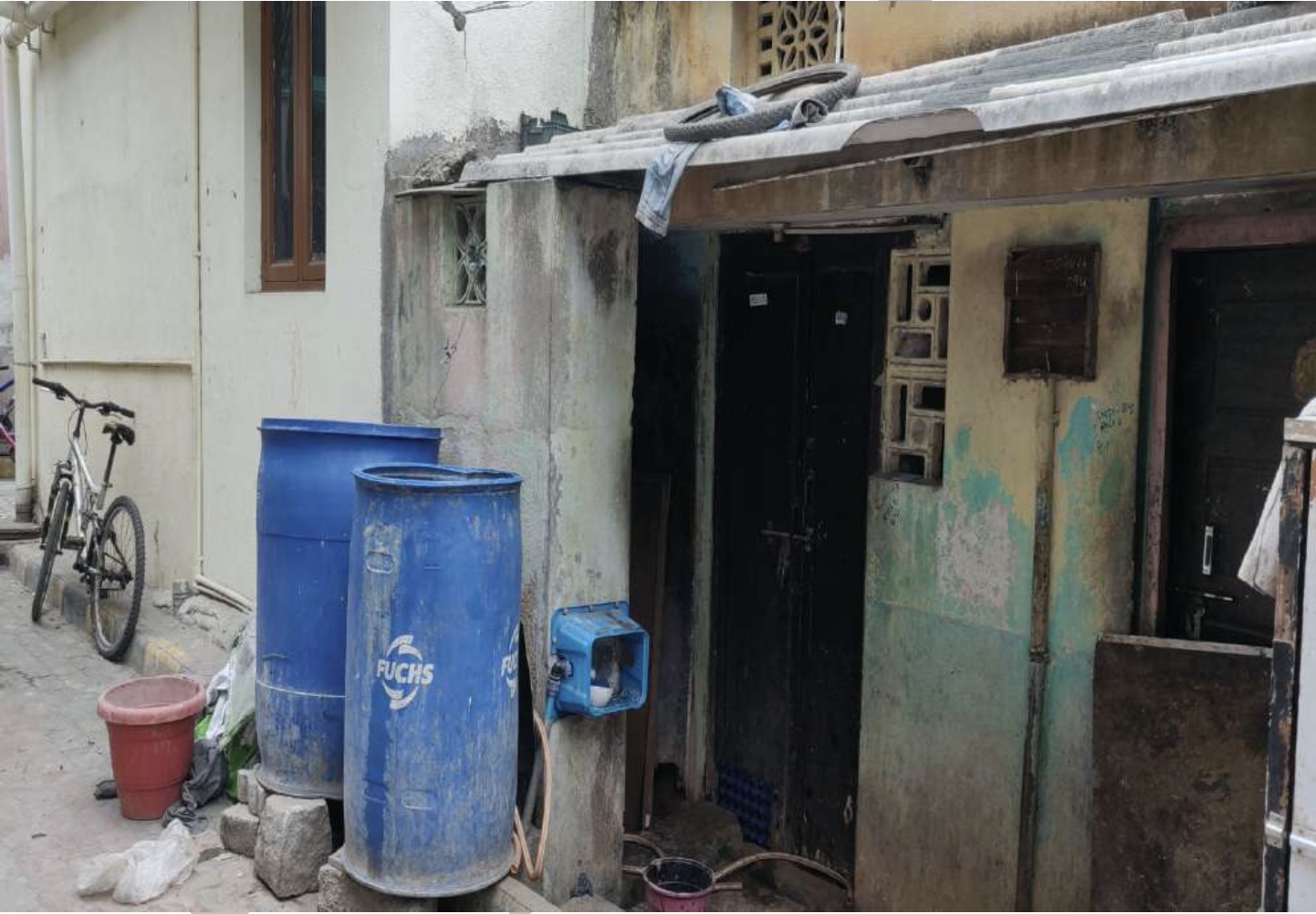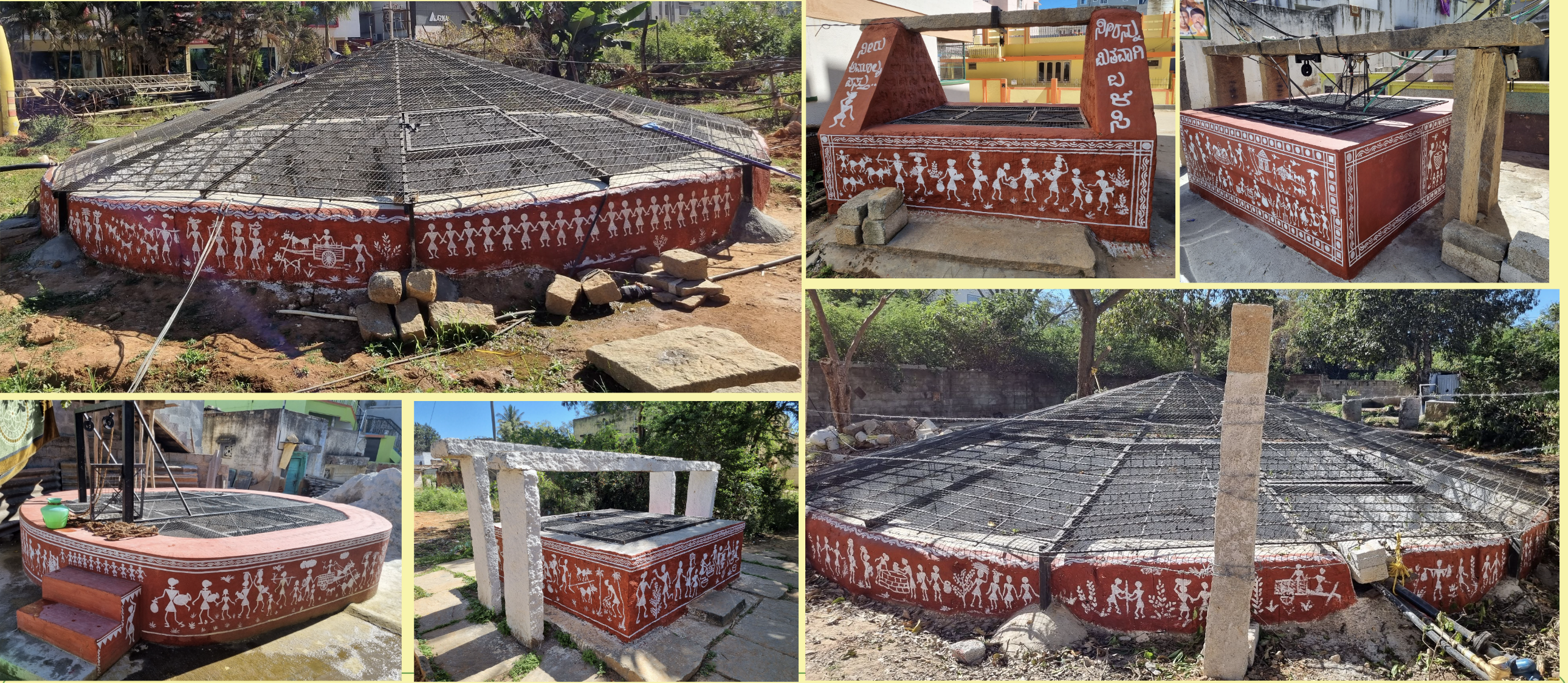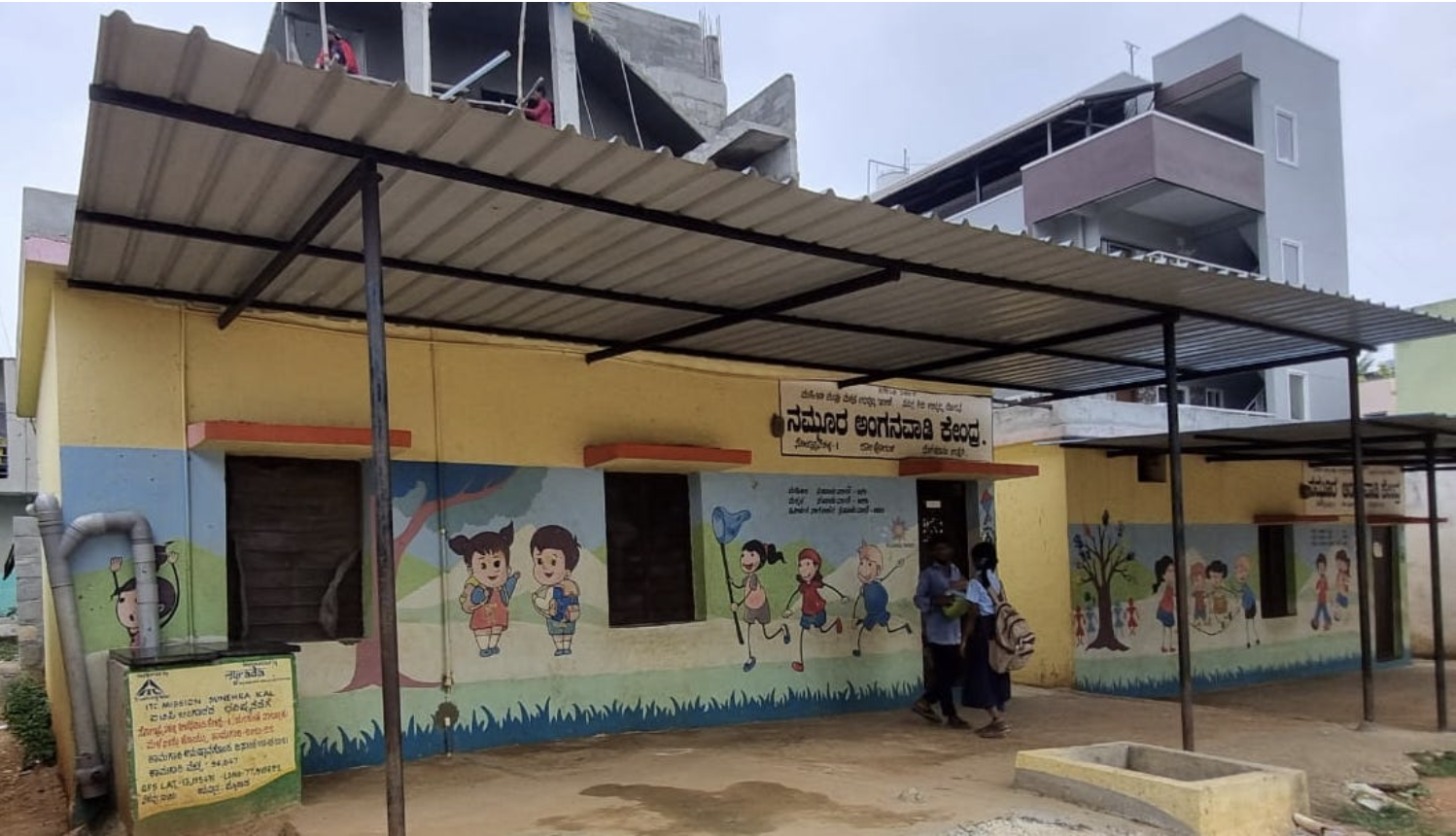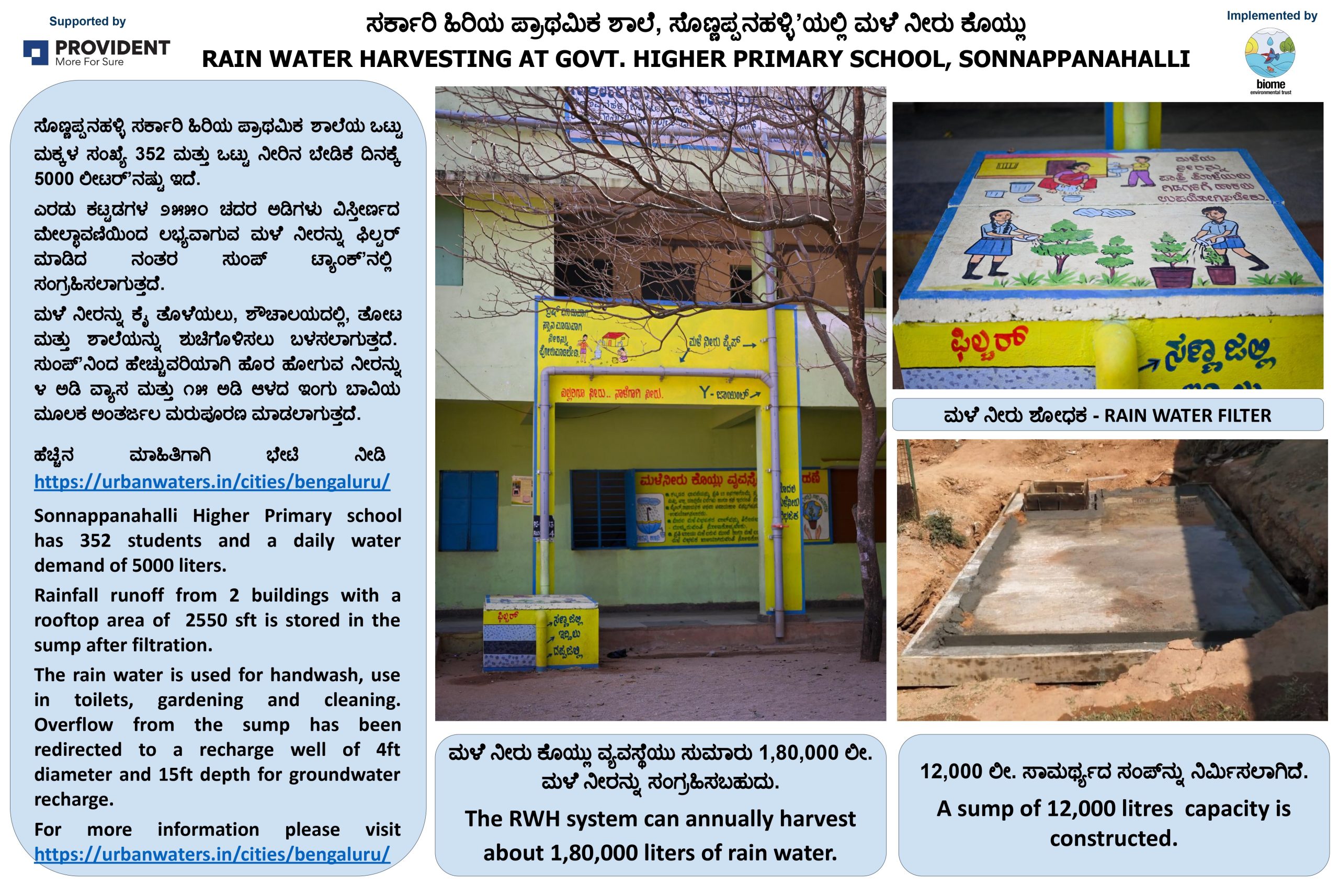Groundwater recharge in Bellandur

Bellandur, a suburb in southeast Bengaluru, has witnessed rapid growth due to the IT sector, bringing challenges in urban commuting, waste management, and water resource management. The absence of piped water and a limited supply from the Bengaluru Water Supply and Sewerage Board (BWSSB) has led most residences to rely on private borewells. However, due to reduced yields, they’ve turned to expensive private water tankers. In 2019, the region faced a severe water crisis. Although the BWSSB licensed water tanker businesses to supply water at fixed rates and projected piped water supply by 2020, full supply is not expected until 2024’s Cauvery 5th phase.
To tackle this, residents initiated the “2500 Recharge Wells for Bellandur” campaign, focusing on replenishing groundwater. The campaign’s aim was to dig 2,500 recharge wells, based on the estimation that 5% of Bellandur’s 50,000 units needed these wells. Promoted heavily on social media, about 360 wells were dug before the pandemic.

To understand the campaign’s real-world application, let us look at three apartment complexes that undertook rainwater harvesting and groundwater recharge.
1. Aditi Elite Apartments focused on rainwater harvesting, successfully conserving water through rooftop harvesting and recharge wells. They highlighted the cost benefits to residents, saving around Rs. 12 lakh annually.
| Measures taken | Results achieved |
| Harvested rooftop rainwater and stored it in two sump tanks | No water shortage was experienced due to the combined yield from borewells and harvested rainwater |
| Dug four recharge wells in November 2019 | Excess water from sump tanks is redirected to recharge wells, helping maintain borewell yield |
| Consulted experts regarding space constraints and potential structural issues | Recharge wells positioned 2 ft away from column pillars, ensuring structural safety |
| Highlighted the financial benefits of becoming independent of external water sources e.g. tankers | Annual savings of Rs. 12 lakh; Rs. 36 lakh over three years |
2. Ittina Anai Apartments efficiently uses treated wastewater for various purposes, reducing the need for freshwater. Their Sewage Treatment Plant (STP) upgrades allowed for a cleaner, odour-free water supply. Their water table rose significantly due to rainwater harvesting and the campaign.
| Measures taken | Results achieved |
| Refurbished the Sewage Treatment Plant (STP) technology from Activated Sludge Process to Sequencing Batch Reactor (SBR) | Efficient wastewater treatment led to cleaner, odour-free and crystal-clear water. STP operates to its fullest capacity, catering to the needs of the entire apartment |
| Increased the STP capacity from 40 KLD to 90 KLD | Successfully reusing treated wastewater (TWW) for flushing, floor cleaning, gardening, etc. |
| Introduced tertiary treatment with reverse osmosis to reuse treated wastewater for potable purposes | Treated wastewater is used for potable purposes, with residents convinced after witnessing the clarity and water quality |
| Achieved Zero Liquid Discharge (ZLD) in the apartment | No excess TWW is generated, indicating efficient reuse and management of resources |
| Undertook rainwater harvesting by directing rainwater from all blocks and paved areas to sumps and 6 recharge wells | No water scarcity is experienced. Borewell yield increased from 1.5 inches to 3.5-4 inches after digging recharge wells. The water table rose significantly from 180 feet to 80 feet in just one rainy season |
3. Mantri Espana, located near Bellandur Lake, faced flooding issues. By introducing rainwater harvesting and digging recharge wells, they addressed the groundwater seepage and flooding problems.
| Measures taken | Results achieved |
| Introduction of rooftop rainwater harvesting during construction | Establishment of three rainwater sumps, each with a 2 lakh litre capacity, connected to a Water Treatment Plant |
| Addressing issues of flooding and groundwater seepage due to the proximity to Bellandur Lake | Heightened awareness and the initiation of the recharge wells campaign in the community |
| Organising an awareness session by the Bellandur Development forum | Ms. Seema Sharma got inspired and introduced the concept of recharge wells in the apartment complex |
| Digging of seven recharge wells in phases due to funding constraints | Enhanced groundwater replenishment, potentially reducing the effects of flooding and groundwater seepage |
In conclusion, Bellandur’s water challenges led to a community-driven campaign focusing on sustainable water management practices, primarily through recharge wells and rainwater harvesting. While the initiative faced challenges, its success serves as an example of community engagement in addressing local issues. The Bellandur Development Forum plans to continue these efforts, advancing towards water sustainability.
Here’s the detailed case study and a video of Mr Ashok Mrutyunjaya showing us the water management initiatives at Aditi Elite Apartments.


